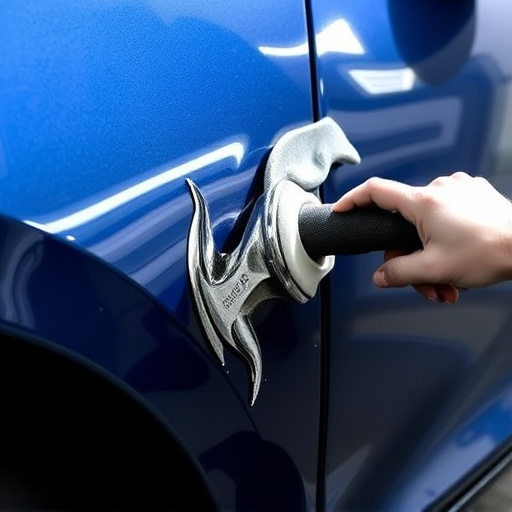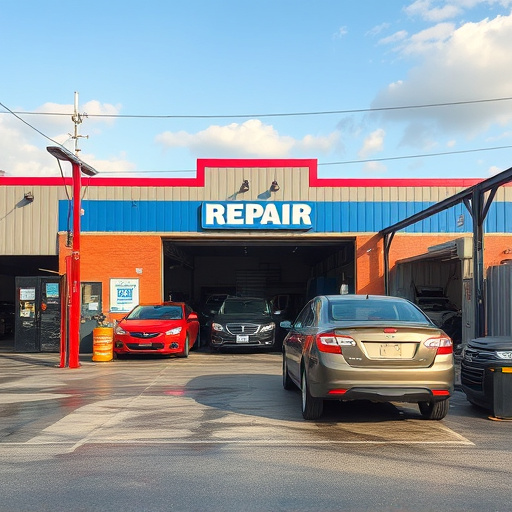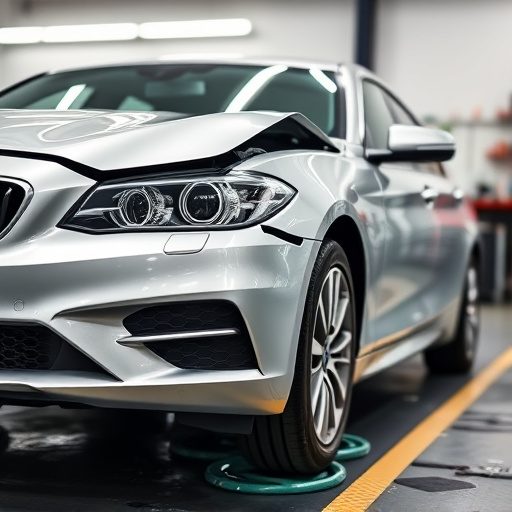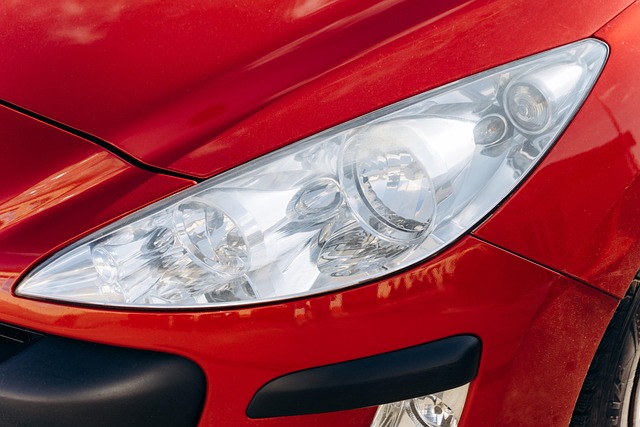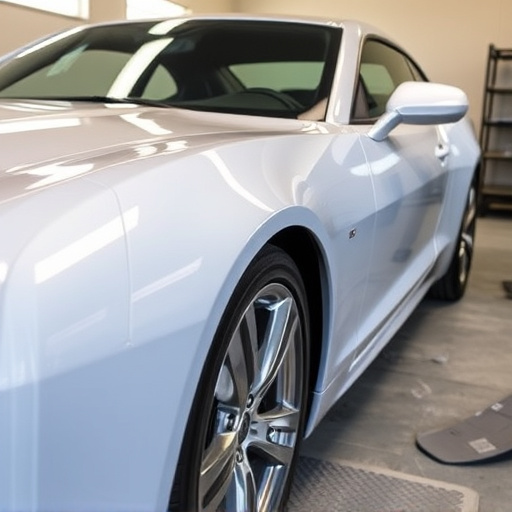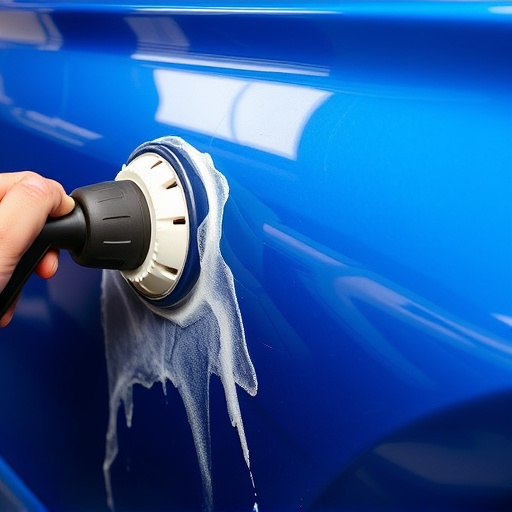Mercedes-Benz has integrated cutting-edge Mercedes infrared-reflective glass into their vehicles, aiming for enhanced fuel economy and sustainability. This innovative glass technology reflects heat from the sun, reducing interior warming and minimizing air conditioning use, thereby improving fuel performance. Beyond comfort benefits, its reflective properties increase vehicle safety during collisions by protecting passengers and aiding in effective collision repair, similar to car dent repair. This eco-friendly approach aligns with Mercedes' commitment to both technological advancement and environmental stewardship, appealing to environmentally conscious drivers.
Infrared-reflective glass is emerging as a game-changer in automotive technology, particularly for luxury brands like Mercedes. This innovative material promises improved fuel economy by managing heat transfer within vehicles, a significant factor in power consumption. This article delves into understanding Mercedes’ fuel efficiency challenges and the potential benefits of infrared-reflective glass. We explore its unique properties and how it can revolutionize Mercedes vehicle performance, offering a sustainable solution for better mileage without compromising on comfort.
- Understanding Mercedes Fuel Economy and the Role of Glass Technology
- What is Infrared-Reflective Glass and How Does it Work?
- Benefits and Potential Impact on Mercedes Vehicles: A Case Study
Understanding Mercedes Fuel Economy and the Role of Glass Technology

Mercedes-Benz, renowned for its luxury and performance, has long been at the forefront of automotive innovation. One area where the brand is continually seeking improvements is fuel economy—a critical factor in today’s eco-conscious market. Understanding Mercedes’ commitment to efficiency brings us to explore cutting-edge technologies, such as infrared-reflective glass, that promise to enhance not just fuel performance but also overall vehicle dynamics.
Infrared-reflective glass is a technological marvel designed to revolutionize both driver comfort and vehicle sustainability. By reflecting heat and reducing interior warming, this advanced glass technology helps in minimizing the need for excessive air conditioning, thereby improving fuel economy. In addition, its role extends beyond climate control; it also plays a subtle yet significant part in enhancing safety features of Mercedes vehicles, making them more resilient during potential vehicle collision repair scenarios, and contributing to the overall protection of passengers, much like how a car dent repair can restore a vehicle’s exterior integrity.
What is Infrared-Reflective Glass and How Does it Work?

Infrared-reflective glass is a cutting-edge technology designed to revolutionize car windows and windshields. This innovative material has the unique ability to reflect a significant portion of infrared radiation, which includes heat from the sun. When incorporated into Mercedes vehicles, this special glass can significantly reduce the interior heating effect often experienced during hot weather conditions.
The science behind its functionality is quite fascinating. Regular glass allows visible light and a small amount of infrared energy to pass through. However, infrared-reflective glass goes a step further by applying a special coating that blocks most of the infrared radiation from entering the vehicle’s cabin. This process helps maintain a cooler interior, thereby reducing the workload on the air conditioning system. As a result, Mercedes infrared-reflective glass can contribute to improved fuel economy, as less energy is used for cooling. Moreover, this technology not only enhances driver comfort but also adds an extra layer of protection during auto maintenance and car body restoration processes by shielding the vehicle’s interior from harmful heat exposure.
Benefits and Potential Impact on Mercedes Vehicles: A Case Study

Infrared-reflective glass has emerged as a technological advancement promising significant benefits for Mercedes vehicles. By reflecting heat and reducing interior temperature, this innovative material can play a pivotal role in enhancing fuel efficiency. In the context of Mercedes, where luxury and performance go hand in hand, infrared-reflective glass offers a unique selling point. It contributes to a more comfortable driving experience while potentially improving overall fuel economy.
A case study focusing on Mercedes models equipped with this technology could reveal substantial gains in energy conservation. The reduced need for air conditioning, achieved through the glass’s heat-retaining properties, translates into lower energy consumption. This is particularly relevant for collision repair shops and vehicle body shops catering to Mercedes owners. By integrating infrared-reflective glass during repairs or replacements, these facilities can provide customers with not only high-quality service but also eco-friendly solutions that align with the brand’s sustainability goals.
Mercedes infrared-reflective glass represents a promising technology for enhancing fuel economy. By reducing the amount of heat absorbed through windows, this innovative material can contribute significantly to energy efficiency in vehicles. As demonstrated in our case study, integrating infrared-reflective glass into Mercedes designs could lead to notable improvements in fuel performance, making it a sustainable and cost-effective solution for the automotive industry.



